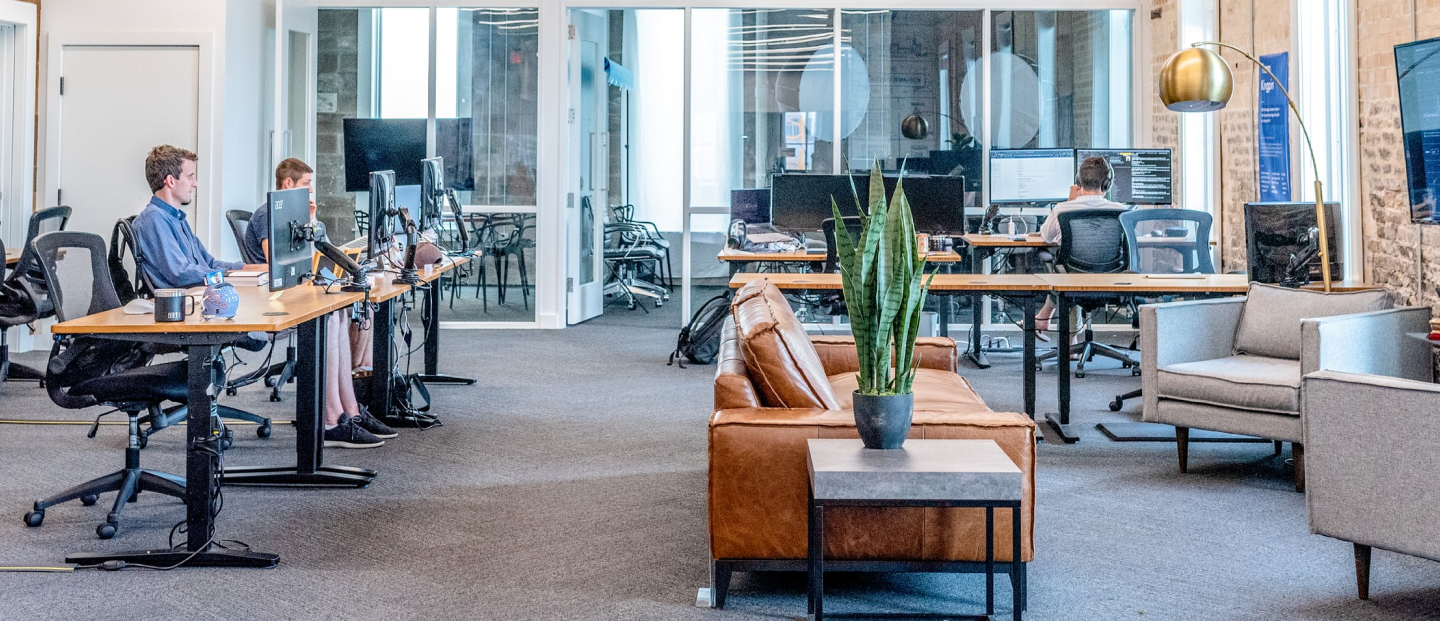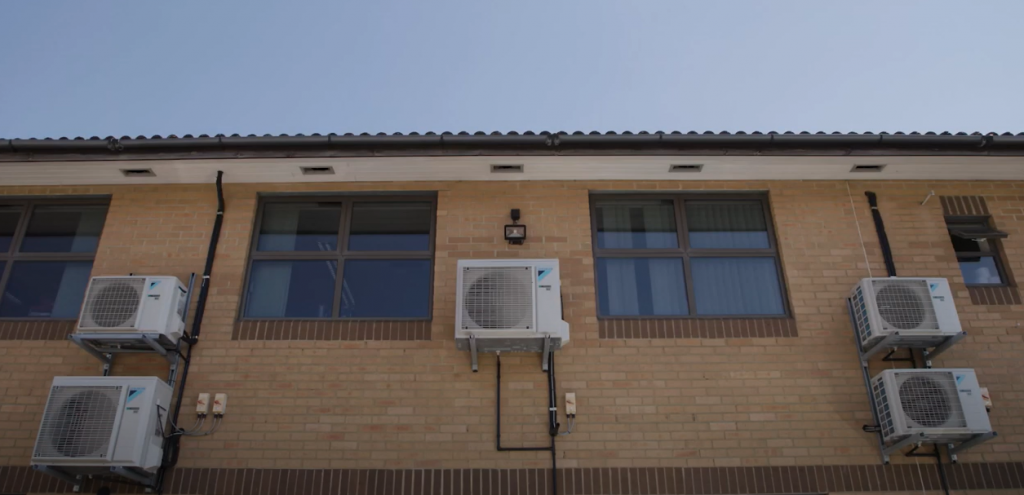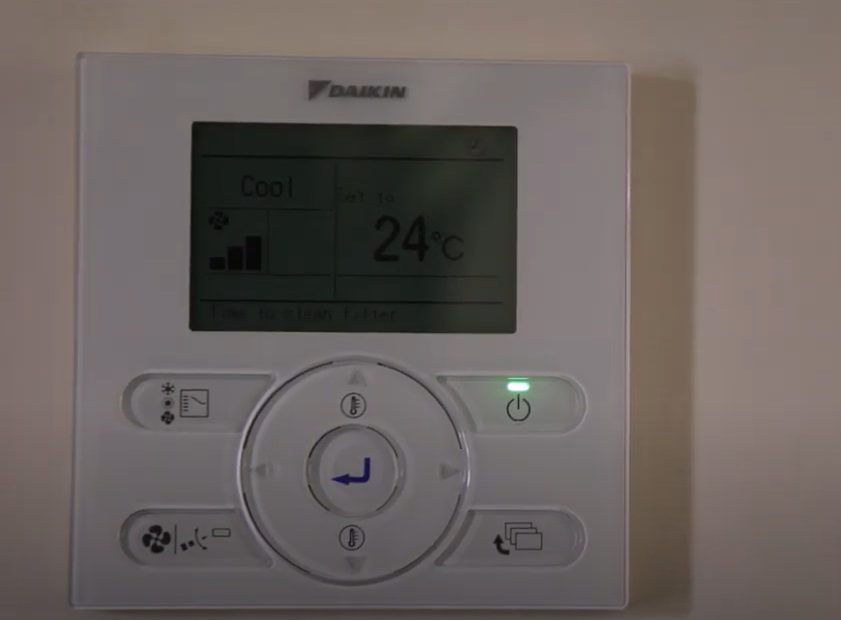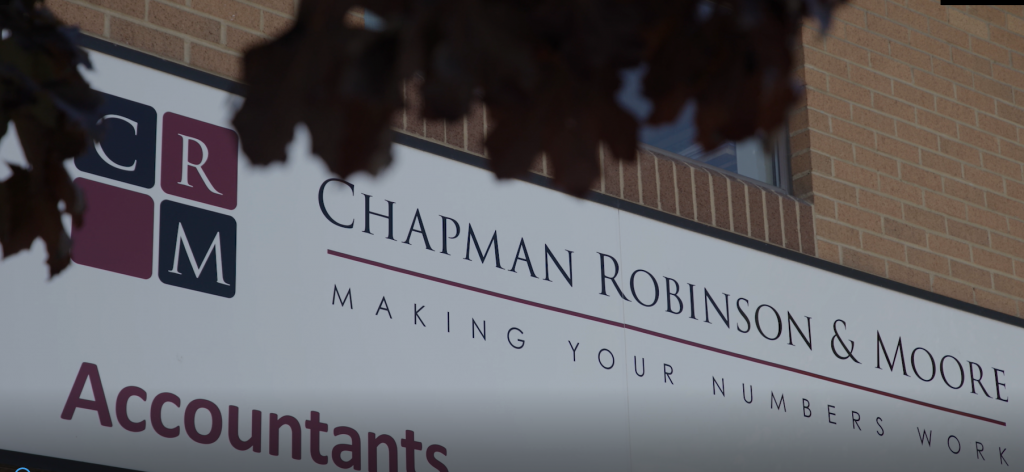
Accountancy firm cuts bills and carbon emissions
Chapman Robinson & Moore is an accountancy firm, located in a 1990s office building on a small business park in Kidlington, Oxfordshire. Their Managing Director was keen to reduce the environmental impact of the business, and so they decided to explore energy efficiency measures to reduce the energy usage of their office space.
Motivations for energy efficiency
The primary motivation for Chapman Robinson & Moore was to explore ways to reduce their carbon footprint as a business. They were taking a holistic look at the impact of their operations, including their office premises.
Simultaneously, the team identified areas within the office space that could be enhanced to improve the working environment. Specifically, they found their existing heating system, comprised of night storage heaters, to be clunky, difficult to use effectively, and inefficient
“We were very conscious of our carbon footprint as a business , and what we can do about environmental issues.”
Mike Foster, Managing Director of Chapman Robinson & Moore
The process
Chapman Robinson & Moore had an on-site energy assessment which looked at their existing energy usage and potential areas for savings.
The assessment identified some key areas of improvement, including installing air source heat pumps, repairing faulty double-glazing windows, and increasing employee awareness of energy use in the building.
If fully implemented, the report showed that these recommendations would bring about significant improvements, with a predicted 19,062 kWh of energy saved every year – representing 7.86 tonnes of CO2 emissions, and £1,916 worth of energy bills. This convinced the team at Chapman Robinson & Moore that they should go ahead with the measures.
19,062 kWh
predicted annual energy saving
7.86 tonnes
predicted annual carbon saving
£1,916
predicted annual cost saving






Installing air source heat pumps
One of the most significant changes was to the heating system at the building. The office was previously heated using night storage heaters which had been installed when the building was first occupied in 1990. These are difficult to control and often result in rooms being heated unnecessarily, wasting energy.
The team recommended that they install air source heat pumps as a way to heat the office efficiently, to a more constant temperature – staying warm in the winter and cool in the summer. Air source heat pumps also use a renewable source of energy (electricity) and so are a low carbon heating system.
Alongside the heat pumps, we also installed easy-to-use heating controls in the office and educated the team on the best way to make use of them.
“Now we’ve got a nice comfortable office to work in.”
Mike Foster, Managing Director of Chapman Robinson & Moore
Repairing and replacing double glazing in windows
Some of the windows around the office building were showing evidence of condensation appearing between the panes of glass, resulting in draughts coming into the building and heat being lost.
A simple solution was to replace the glazing to improve the insulation properties of the windows. Draught-proofing strips were also added to the front door to reduce heat loss through an existing gap in the door.

Discover how you could be saving energy with an Energy Assessment
Are you inspired to reduce your energy waste? We can help. Book an Energy Assessment with our expert team and find out how you manage your energy to save money on your bills and cut your carbon emissions.
Businesses typically save 19% on energy costs after implementing our recommendations.
